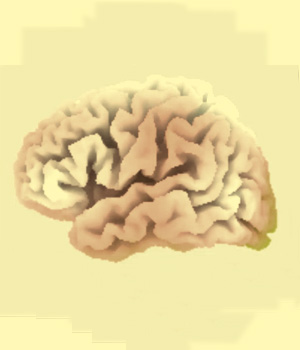When the Brain Hears Vivaldi
Listing to music is connected to a dynamic pattern of activity in the brain. Doing it leads to waves of excitement in the cortex, which travel throughout the entire brain and thereby create specific phenomena in terms of memory and perception.
When I listen to ‘Autumn’ from Antonio Vivaldi's ‘The Four Seasons’, I suddenly remember the time I experienced an 'Indian summer' in Boston. During that time, we undertook intense hikes in the Indian summer woods. This music activates memory images in my autobiographical memory as if a fishing net had raised them from the depths of my memory. I then 'see' before my inner eye the colorful leads of these autumnal forests. I feel the smell in my nose of leaves that have fallen from the trees, now laying on the ground and rotting. This special music creates an individual and special patter of activity in my brain, which unfolds across my entire cortex as waves of excitement.
These waves of excitement take hold not only of the auditory cortex that processes melodies and tones, but also of the visual cortex and many other areas of the brain (for example, all of those that are important for memory function, control over movement, the perception of smell, etc.). In other words, music can activate widely dispersed neural networks and associated, mulit-faceted patterns of memory in the brain.
Prof. Dr. Lutz Jäncke ist Ordinarius für Neuropsychologie an der Universität Zürich. Er beschäftigt sich seit 25 Jahren unter anderem mit den neurophysiologischen und neuroanatomischen Grundlagen der Musikverarbeitung und der Musikexpertise. More
Related contributions
